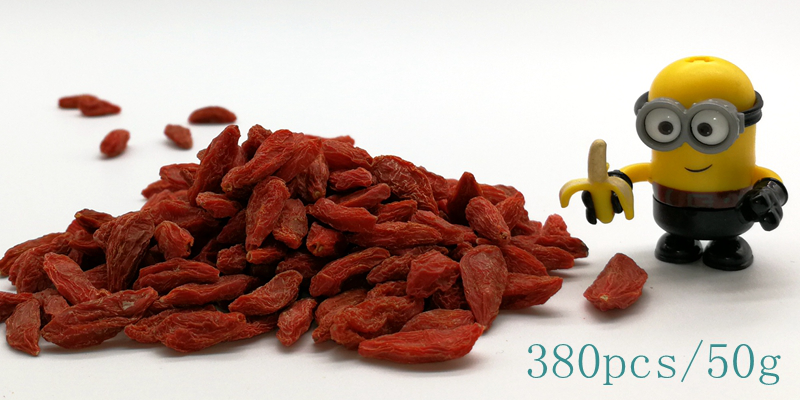Supplementary Feeding and Replacement Rates in Lactating Cattle
Straw and natural forage are the main roughage feed for cattle in China, but straw and pasture have insufficient nutritional value for dairy cows and need to be supplemented. If they are fed properly, the amount of dry matter and food can be increased. The substitution rate is an important indicator of the amount of ingestion.
(1) The amount of human grass eaten by ruminants during grazing plays an important role in promoting their performance. Although the nutritional value of pasture is relatively high, cows with high production performance still need to be supplemented. Supplementary feeding is to meet the nutritional needs of cattle, especially to make up for the lack of energy, in order to increase the digestibility of the diet and milk production, while increasing feed intake. The amount of grazing cows is not as good as feeding cows. Now it is introduced in the following:
Determination of grazing feed intake through cattle live weight, weight gain and milk intake Grazing cattle feed intake methods include esophageal management collection method, forage weight difference method before and after foraging, and canvas bag collection test, short live weight difference method , foraging method (daily licking time, eating per unit time, the average amount of food per mouth) and so on.
1. Grazing Dairy Cattle Eating Dry Matter Formula:
IDM/d=0.13FCM+0.0053W+0.96G............................. Cox et al. (1956)
In the formula, IDM/d is the daily dry matter food intake, kg; FCM is the daily production 4% milk fat corrected milk weight kg; W is the weight kg, and G is the daily weight gain kg.
IDM/d=0.16M+0.0113W+2.45G+4.25 .....................Bines et al. (1977)
In the formula, M is the daily milk yield kg, as above.
IDM/d=0.20M+0.22W ................................................ NEAL et al. (1984)
IDM/d=3.47G+0.404C+0.013W-0.129T+4.12logT-0.140M............card and holmes (1986)
In the formula, C is the amount of daily supplemental feed kg, and T is the number of weeks after birth, as above.
2. Substitution rate The substitution rate, also known as the substitution coefficient, refers to the ratio of dry matter intake and feed dry matter reduced by pasture or straw after supplemental feeding of forage or straw.
The purpose of supplementary feeding is to increase nutrients, such as crude protein, energy or minerals in the straw, which need to be supplemented, and forage to be supplemented with energy feed. After feeding, it is desirable that the amount of dry matter eaten by straw or forage is reduced as little as possible before unsupplemented, which means that the associative effect of straw or forage and feed is good.
Sparse forage has many benefits when it is sparse. When the pasture is abundant, the cattle and sheep cannot obtain the maximum food intake. Supplementing energy feeds, such as grains, has little adverse effect on the amount of food available for pasture. For example, when dairy cows reduce the amount of organic food per person from 24kg to 16kg per day, supplemental energy feed replacement has decreased from 0.5 to 0.1, indicating that the total amount of man-made animals has increased a lot.
Forage supplementation can increase total food intake when it is abundant, but its increase is less than that of feed intake because feed supplementation reduces pasture intake. If the pasture reduction is equal to feed amount, the replacement rate is 1. This shows that the effect of feed on production is not significant. If the feed has no effect on the intake of pasture, it means that the feed intake of pasture has not been reduced, the replacement rate is zero, indicating that the feed plays a significant role.
(II) Effect of energy supplementation on the containing behavior of lactating burdock Energy supplementation can reduce the intake of forage grass. With the increase of energy supplementation level, the intake of herbage organic matter dropped from 9.25kg to 6.42kg. Daily foraging time is shortened, the foraging rate is reduced, the total number of mouths decreases, and the amount of food consumed per mouth decreases.
Goji berry of Ningqi No.4 is a good variety selected from cannabis leaves and planted in Ningxia, which has characteristics of advanced yield, high yield, high quality and so on. The yield and quality of goji berry of Ningqi No.4 are similar to that of goji berry of Ningqi No.1, however, the ability of resistance toinsects and black fruit disease is stronger than that of goji berry of Ningqi No.1.
After a year of investigation of goji berry of Ningqi No.4 by Ningxia ForestVariety Approval committee, the goji berry of Ningqi No.4 was authorized as[improved plants" in March 2005, and it was promulgated its name by the Ningxia Hui Autonomous Region Forestry Bureau in 2005 first in November 2005.
Our Low Pesticide Goji Berry is produced in accordance with the EU standards 0231010 : Tomatoes(goji berry is classified to tomatoes).
For the low pesticide goji berry, we control it in the planting process. A month or so before picking, it is forbidden for farmers to spray pesticides on the goji trees. In addition, we strictly prohibit farmers to use prohibited pesticides.
Of course, the types and quantities of pesticides need to be tested to confirm. We could offer organic certificate and test report, there are more than 200 items scanned by EUROFINS, Complies with EU standard.

|
Category |
SO2 |
Pesticide |
|
Low pesticide / EU standards |
<15ppm |
Meet EU pesticide standards |
Size 380 Low Pesticide Goji Berry
Size 380 Low Pesticide Goji Berry,Low Pesticide Residue Wolfberry,Mechanical Dried Goji Berry,Bulk Dried Goji Berries
NINGXIA UNION-SURE CO., LTD. , http://www.unionsuregoji.com